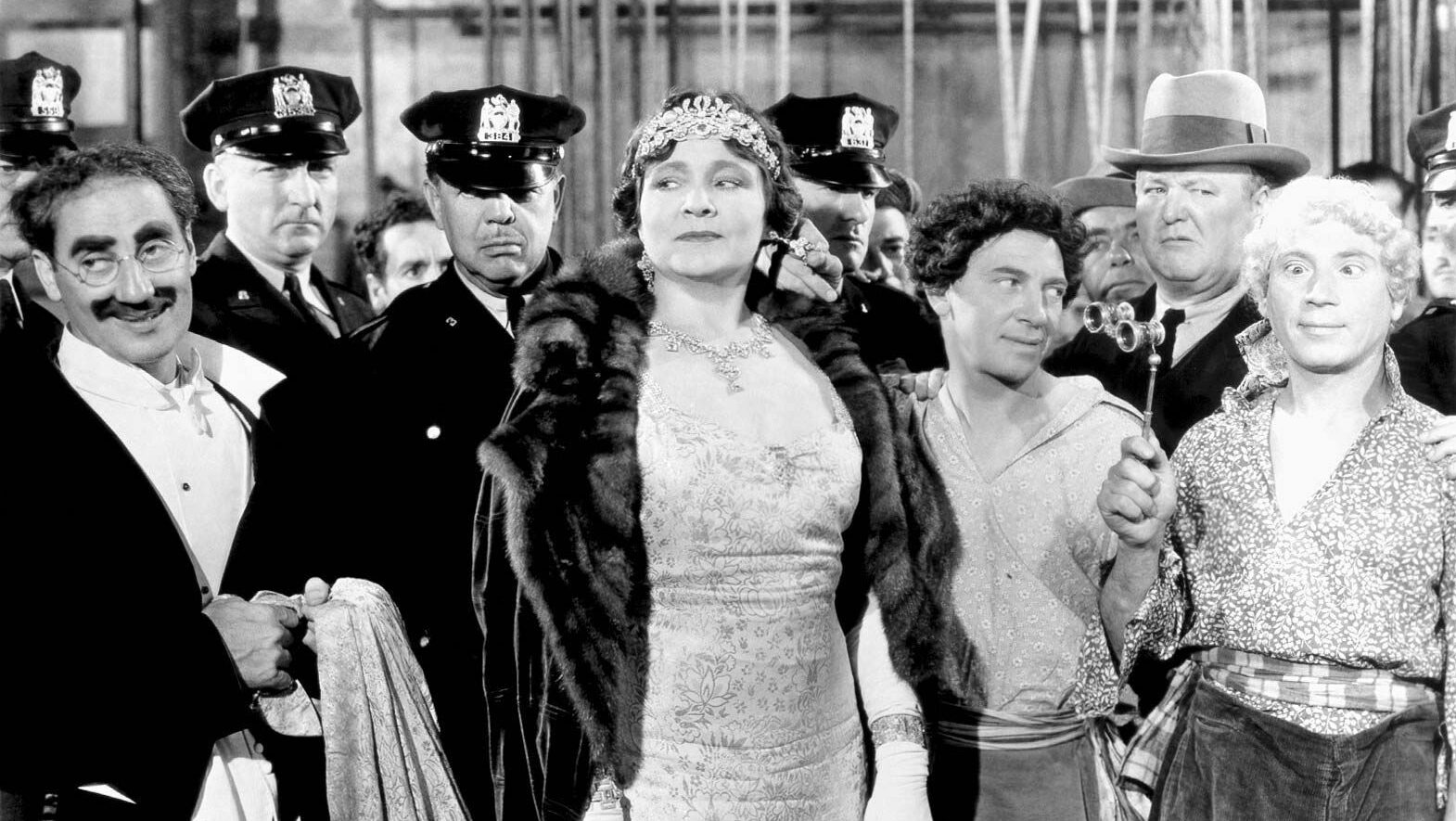
On a Saturday afternoon in late April 1971, Metropolitan Opera General Manager Rudolf Bing addressed the radio audience of the season’s final Texaco Saturday afternoon broadcast with a preview of the following season, his last in the job. He assured the audience that the Met was essentially “an Italian house” and disclosed that the final new production of his long tenure would be Verdi’s Otello. Nevertheless, he highlighted two other new productions for 1971-72: a new Tristan und Isolde, to star Birgit Nilsson in a reprise of her 1959 house debut, and the long absent Pelléas et Mélisande. Pelléas, Bing predicted— with a candor predating the era of the arts administrator as marketing huckster—would likely fail at the box office. He was right.
When the run took its course the following winter, it sold poorly. So few people remained after the second intermission, one standing-room stalwart reported, that anyone who wanted to could have sat on the stage. Bing’s prediction was in part self-fulfilled by a dreary, soporific production that seemed almost to apologize for the opera itself. It took a quarter century for a new Pelléas to arrive at the Met, correct that sad precedent, and at the same time help dissolve audience fear, resistance, and apathy toward the work itself. The stately and very beautiful Jonathan Miller/John Conklin production with its strong casts and conductors (Levine, Rattle, Nézet-Séguin), revived most recently in 2019, made it easier for some of us to pronounce dogmatically that if Tristan is the greatest opera ever written, Pelléas is the second greatest.
Of course, the two plots are uncannily alike. A bride is married to a much older man but falls in love with someone closer to her own age and level of desire. It ends badly. If Pelléas is dramatically unthinkable without Tristan, it is musically unthinkable without Parsifal. (Let’s agree to dispense with the chestnut of nationalist musicology that denies the importance of Wagner to Debussy.) Like Wagner, Debussy seeks a music that will shape a transparency and authenticity of mind and emotion. Unlike Wagner, he is served by a librettist, Maurice Maeterlinck, who can provide the textual correlative redolent of the same values of transparency and authenticity. The result, as audiences have come to appreciate with a delay of only a century and with productions that celebrate the opera rather than apologize for it, is a musical, dramatic, and linguistic luminosity that does justice to the principles proclaimed by the opera’s hero Pelléas himself: clarity (clarté) and truth (vérité).
Pelléas and Mélisande seek light. Unlike Tristan and Isolde, they own their desire and consider it unproblematic. They do not fetishize the darkness (l’obscurité) that surrounds them, but they do talk about it, worry about it, succumb to it. And it is also part of them. They are not transparent to themselves. Which means: they each have an unconscious. As the core category of psychoanalysis, the unconscious was mapped by Sigmund Freud in 1895-96 and published (in The Interpretation of Dreams) in 1900, the same span of years from the composition of Pelléas (1893-95) to its premiere (1902). It resides as the innermost dimension of the individual mind and collective culture. It can be engaged but not known.
The unconscious cannot be known, Freud argues, because its content is pure violence: the violence made from the unmediated desire and unlimited selfishness of the infant whose primitive and sole concern is the nourishment that is indistinguishable from possessive love. Possessive love, even—perhaps especially—when sanctioned by society in the form of sexual fidelity—harbors violence, even when—especially when—it is repressed. Pelléas et Mélisande explores this dynamic with a requisite combination of ambiguity and precision unique in the history and repertory of music drama.
Which brings us to Aix-en-Provence and the 2024 revival of Katie Mitchell’s production, first seen in 2016. In a program-book interview, Mitchell explains—wisely, if predictably—that her staging involves a feminist intervention that recenters the opera around Mélisande. Always taciturn and mysterious, Mélisande is “found” alone in the forest in the opera’s opening scene. Like Parsifal, she has no apparent origin, identity, or destiny; unlike Parsifal, she is given none of these by the opera as it unfolds. Conventionally, Mélisande remains a pure object—of desire, control, violence. Misogyny can reasonably be deemed integral to the opera. The inversion of Mélisande from object to subject requires a substantial critique of the opera’s basic logic and argument. Can such a correction occur while retaining a sense of recognition, homage, and indeed love for this amazing work? The success of Mitchell’s production provides the affirmative answer.
As Mitchell explains it, her recentering of the opera involves a restaging of the plot and action as a lengthy dream of Mélisande. This may amount to an over-rationalization of her own achievement. The surreal elements of the unfolding action will prove fascinating and credible without the framing device of a dream. More about that in a moment. At the outset it must be said that the production’s initial framing device, the action’s initial set-up, is disastrous.
Hasn’t the director’s cliché of raising the operatic curtain onto a silent opening pantomime worn itself out, if only because of its inherent distrust of the music itself as the guiding narrative authority? In this case, the clichés metastasize to the level of spoof. To wit: the curtain rises on a generic hotel room. A distraught, gowned bride enters. She proceeds to the toilet. We hear the sounds of plumbing: both hers and the toilet’s. (Let’s not even consider the fact that water symbolism is the fundamental leitmotiv of this opera.) She administers a pregnancy test. She throws herself onto the bed.
But the production recovers efficiently from this “you gotta be kidding me” self-inflicted salvo. That recovery flows first from the enveloping sonic sensuality of Susanna Mälkki’s low-string guided orchestra. “Found” by her (presumably already) husband Golaud, Mélisande (dreaming or not) proceeds to the Scene 2 dinner table of the Golaud family, which includes both the nervous and alienated young Pelléas as well as a silent double of Mélisande herself, an added figure who will appear convincingly at various moments throughout.
Lizzie Clachan’s impressive set combines a sleek, modernist villa exterior with fin-de-siècle furniture and its analogous haut-bourgeois formal servant culture and porcelain table manners. Double-Mélisande functions as well as a point of entry into the surreal aspects of the staging, as marked episodically by the apparitions of people, bodies, and incarnated memories beyond the facts of their empirical presence. Pelléas will appear following his death, Mélisande following hers, and the family members (Arkel, Geneviève, and Golaud) will wander zombie-like in place of the designated silent figures indicated by the libretto: for example the three homeless people who give Mélisande a fright at the conclusion of the key Act II finale in the grotto. (The chorus is cut entirely.) The dream gloss is not necessary for this spectral world to be understood as a series of perceptions, projections, and involuntary memories.
Mélisande-as-subject implies Pelléas as object, and certainly as object of Mélisande’s desire. Explicit sexual consummation occurs and occurs early. This explicitness will necessarily give a complex inflection to Mélisande’s final insistence that the love between her and Pelléas remained “innocent.” The argument may involve a redefinition of innocence and guilelessness themselves, away from sexual abstinence, repression, and fidelity in favor of the ownership and realization of true desire. The love scene that the text focuses on Mélisande’s hair concentrates instead on Pelléas’s eroticized body, aroused by Mélisande as she sweeps her hair back and forth over his torso.
The erotic energy benefits from Huw Montague Rendall’s physique and manner, at once imposing and fragile, complemented further by his costuming in two layers of light linen which both protagonists spend a good deal of time unbuttoning and rebuttoning. The sensuality of Montague Rendall’s performance is assured primarily by his singing– an alchemy of style, diction, timbre, technique, range, and lyricism that can only mark him as the Pelléas of his generation.
Montague Rendall was well supported but not equaled by his fellow cast members. Katie Mitchell credits the 2016 Mélisande, Barbara Hannigan, with a significant role in developing the production’s concept. Hannigan’s eagerly awaited 2024 replacement, Julia Bullock, was herself replaced by Chiara Skerath, whose performance proved vocally competent and convincing dramatically. The dark and strong sonority of Laurent Naouri, the one significant veteran from 2016, lacked the nuance that many have brought to the role of Golaud, but the same qualities accentuated the cruelty and sexual violence that the production demands of the character. Vocally, and indeed generationally, he seemed to approximate less his younger half-brother Pelléas and more their mutual grandfather, the old Arkel, as sung mournfully by the veteran Vincent Le Texier. Lucile Richardot (Geneviève) and Emma Fekete (Yniold) rounded out the cast, the latter cast as a backpack-wielding teenager in an apparent constant hurry to leave this troubled family behind.
Of course a performance in a French house puts additional emphasis on the comprehensibility of the text and the parlando vocal style it demands. This requirement, partnered with the work’s basic principle of clarté, places an intense premium on the quality of diction. On this issue allow me to swing from a swoon to a curmudgeonly polemic: can the opera industry please have an urgent conversation about the fate of French diction? Something terrible has happened here over the last thirty or so years, and it has infected every singer on this Pelléas stage, despite the uniformly refined and clear diction emanating from (a majority of) native French speakers.
It’s about the consonant “r” and the difference between speech and song. The modern “r” of sanctioned spoken French (and a mark of Parisian and northern regional speech practice as well as social class) is glottal and gargled. The “r” of classical vocal style, however, is formed forward by the tongue and palate, less rolled than the Italian “r” but, like it, forward in production and thereby most hospitable to fluid vocal production and pronunciation. Think of Martial Singher or Gérard Souzay and their generation, or indeed listen to Huw Montague Rendall’s own flawless rendition of “Phidylé” on the newly issued recording of the songs of Henri Duparc. My guess is that a kind of subconscious wish to bring French sung diction down to the earthly level of everyday speech, including the realism of film and the diction of great chansonniers/chansonnières (Serge Gainsbourg, Edith Piaf), has wrought havoc on the sung French “r” and, as a result, on French vocal style more generally.
Photos: 2024 Festival d’Aix-en-Provence © Jean-Louis Fernandez
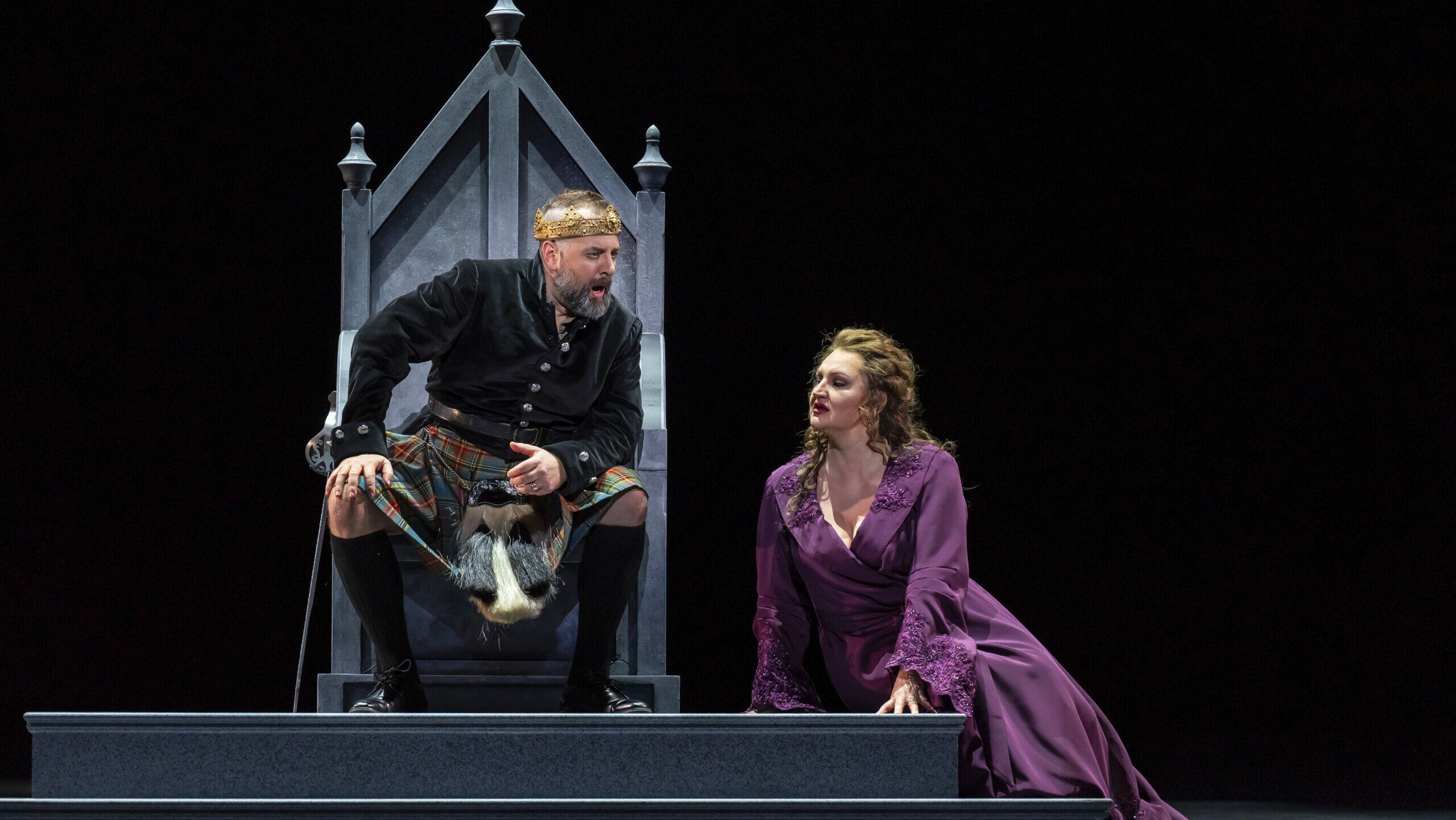
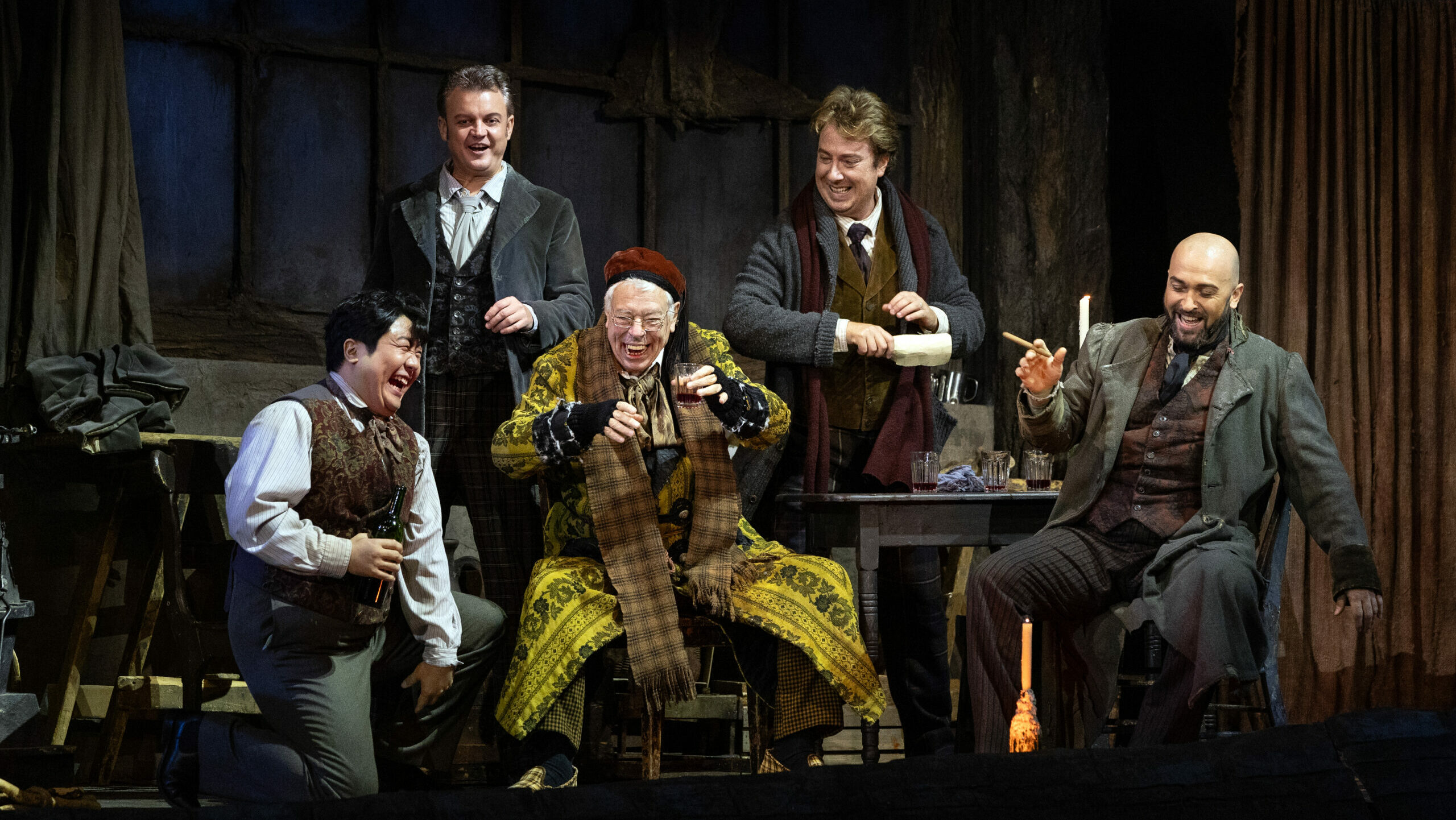
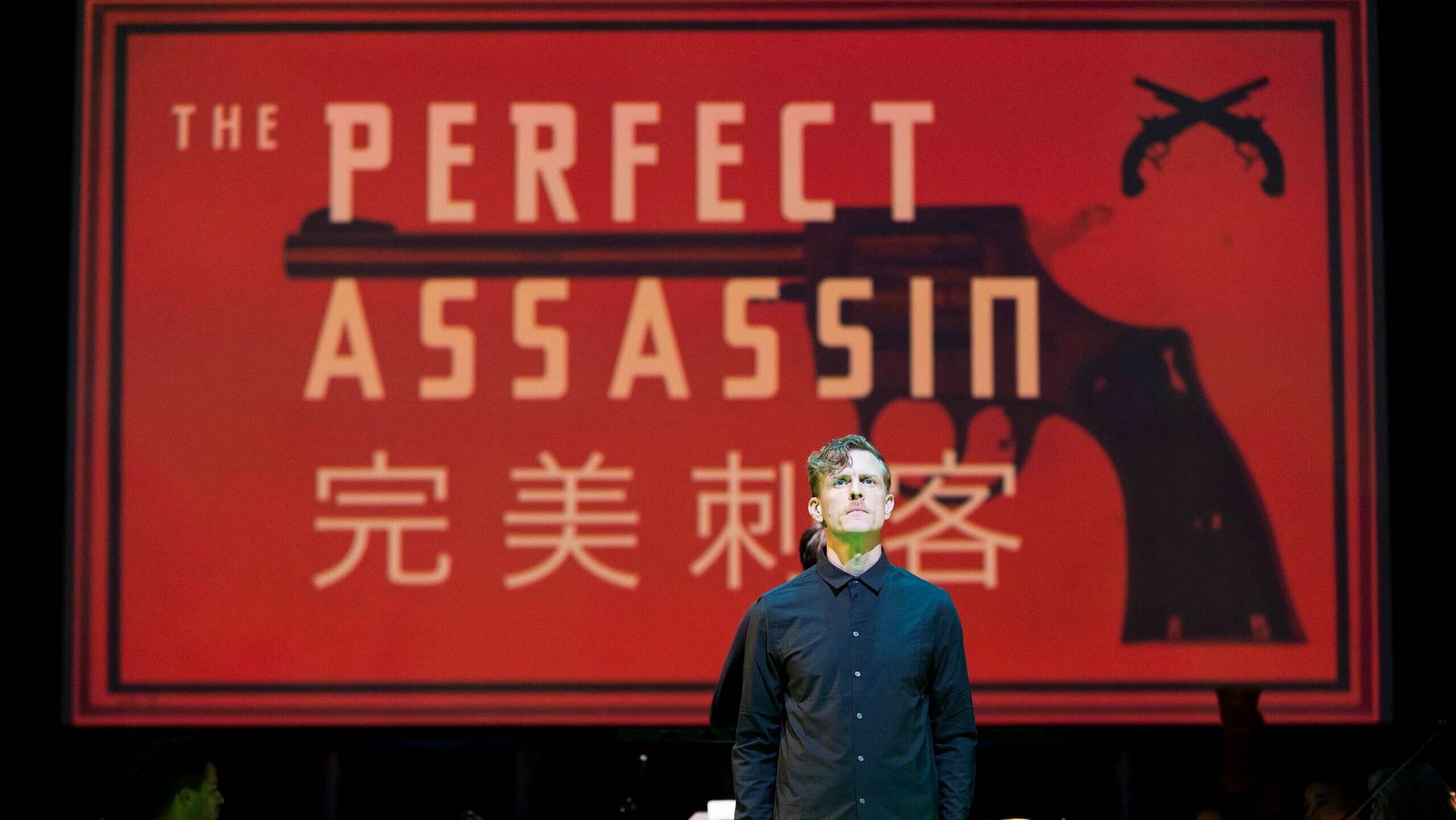
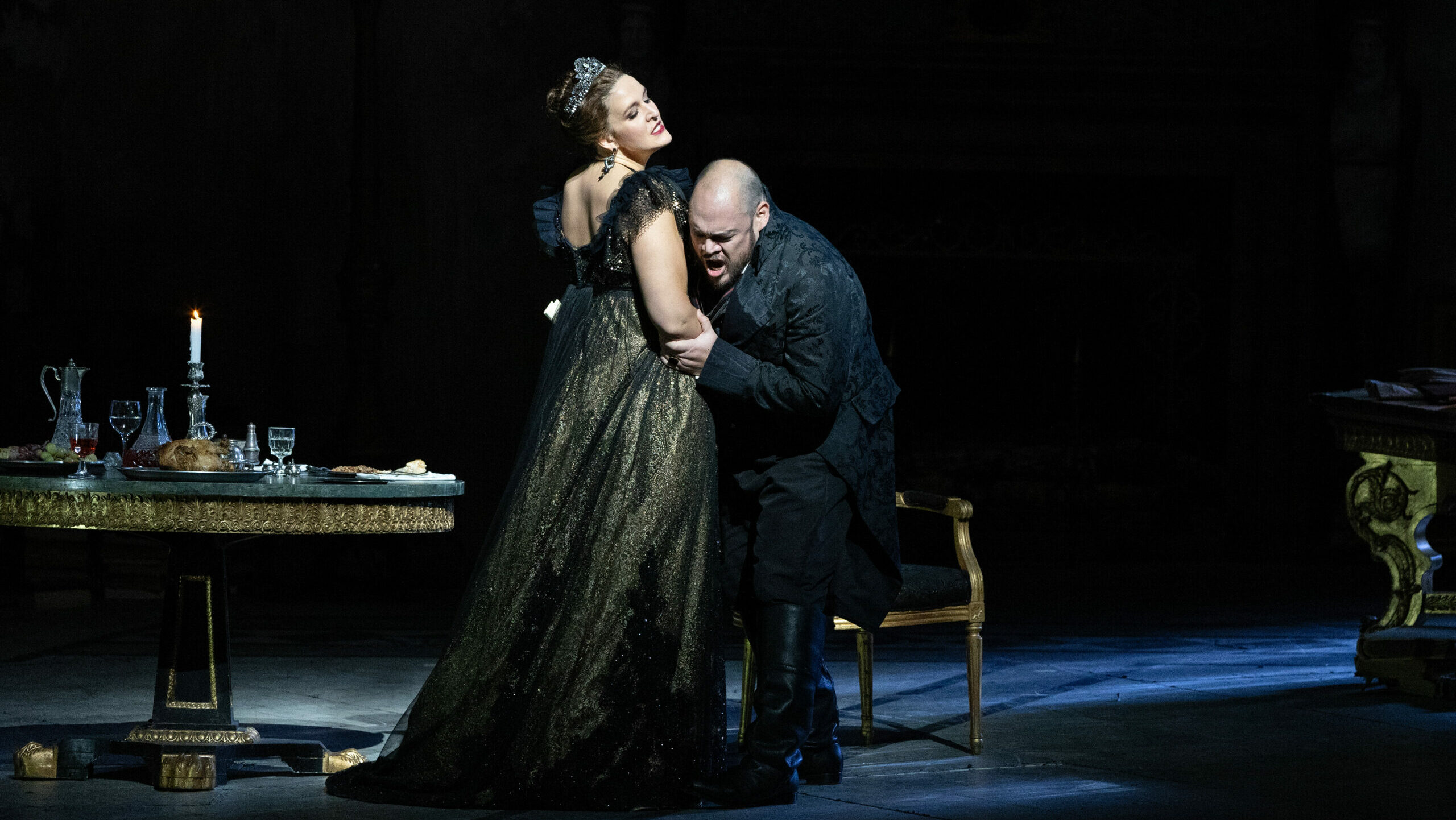
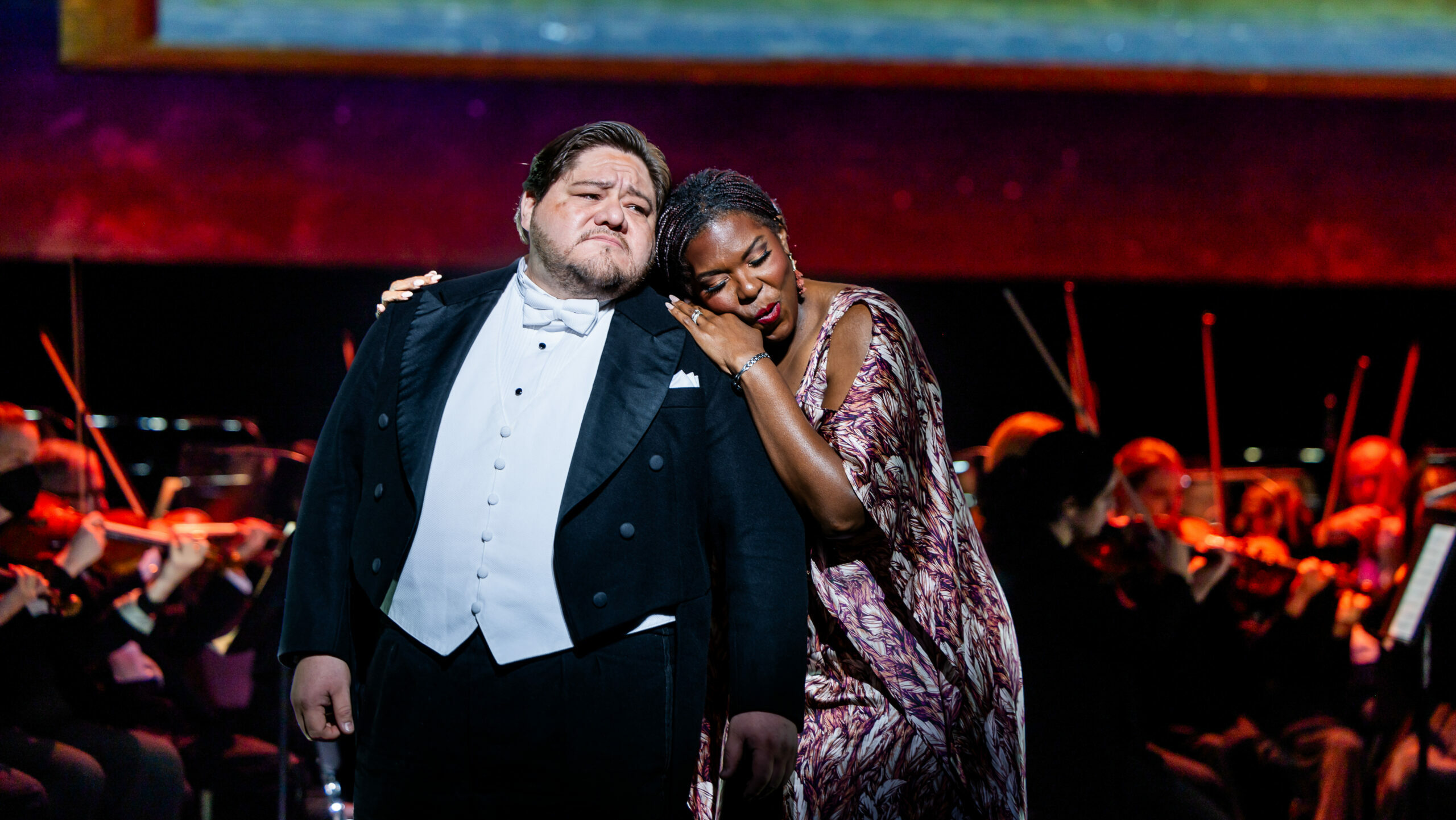

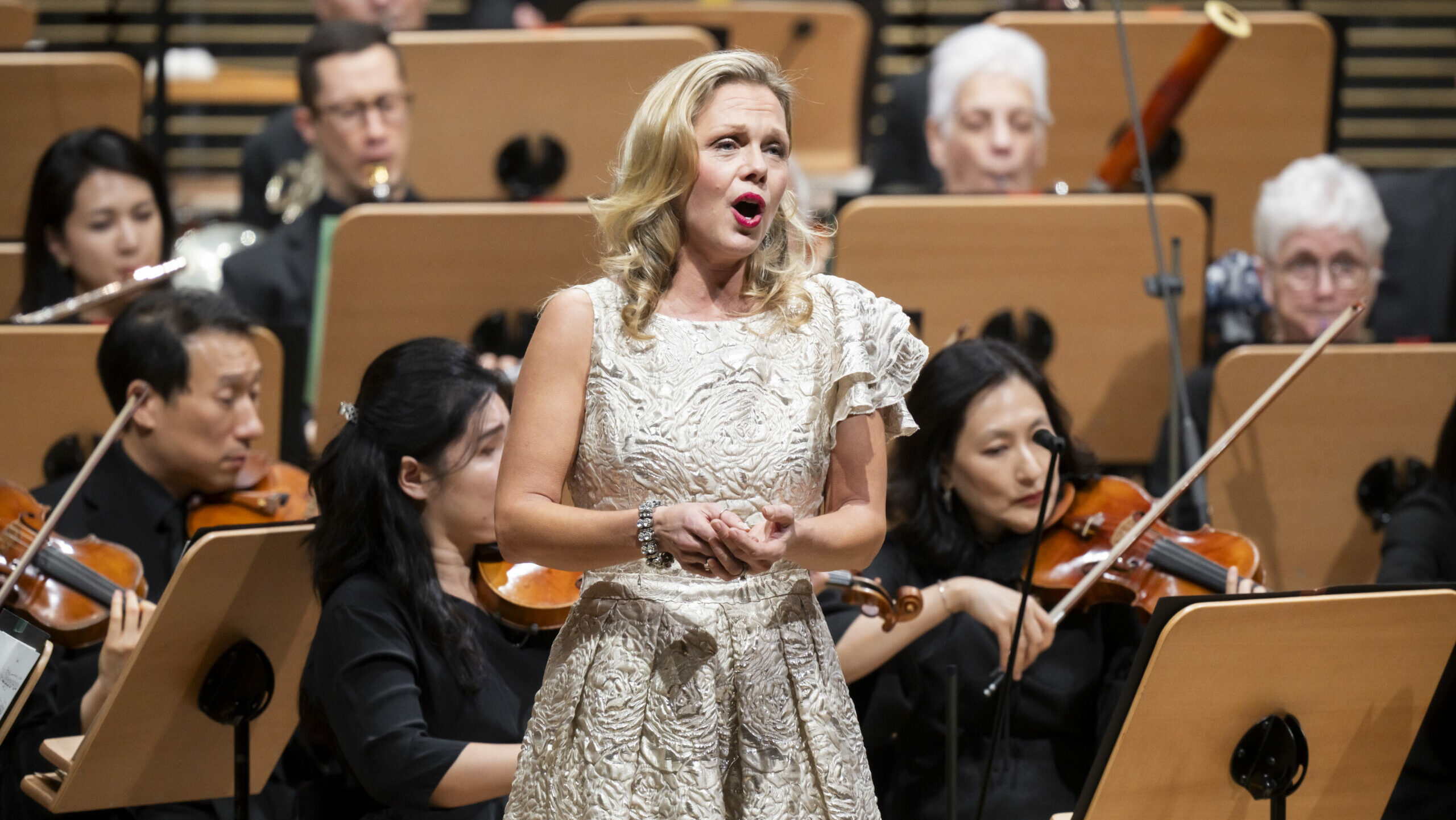
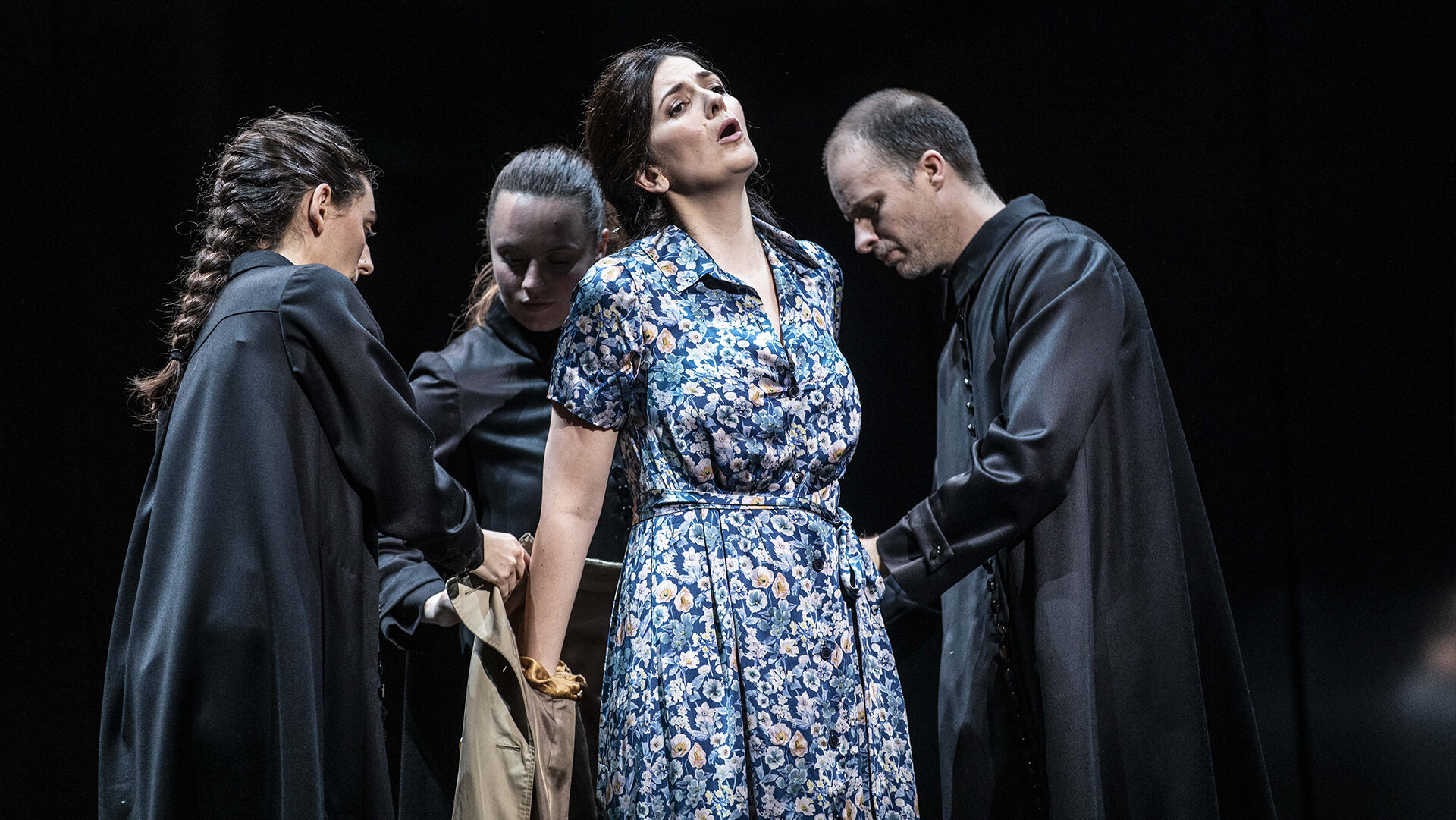
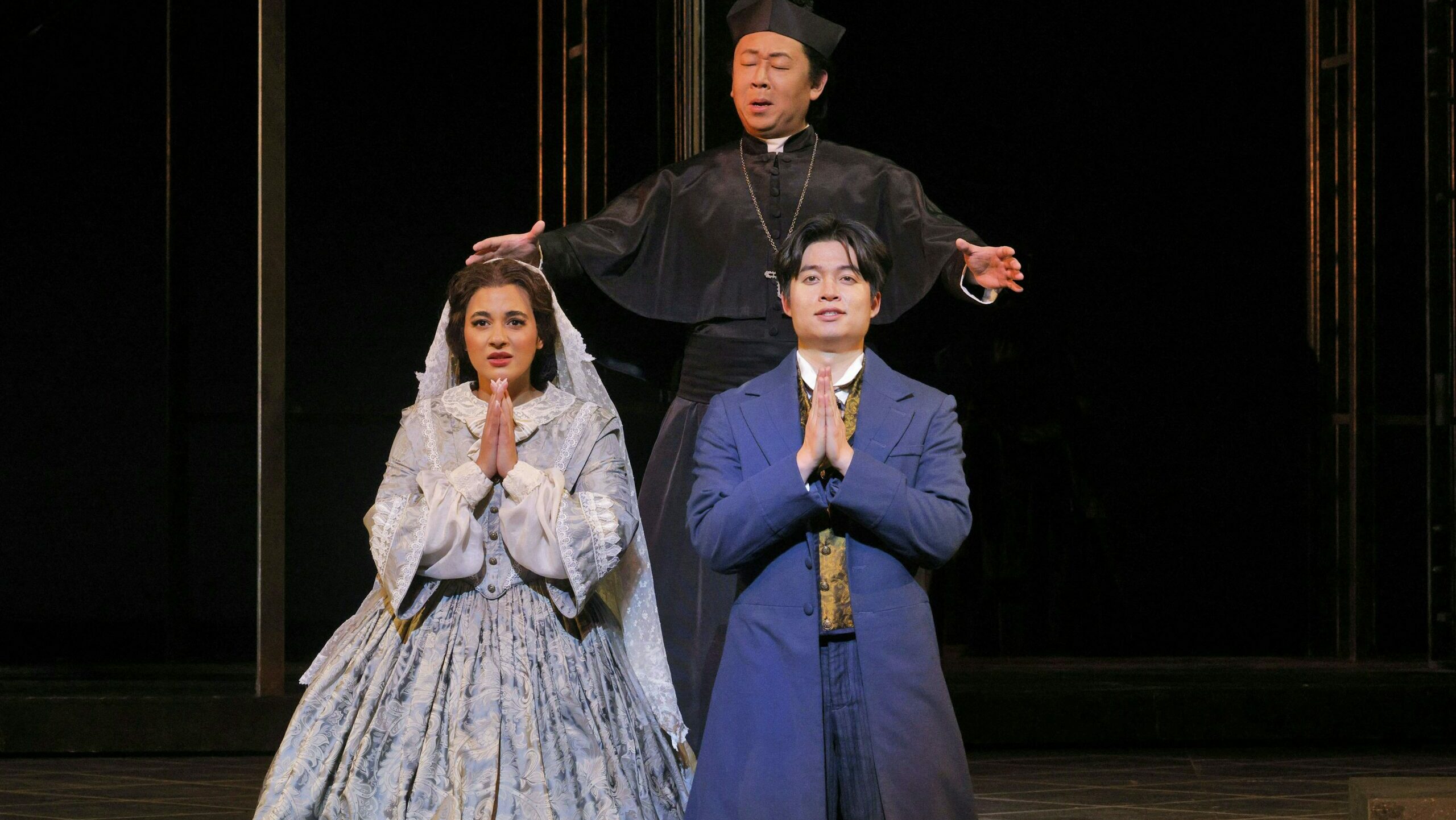
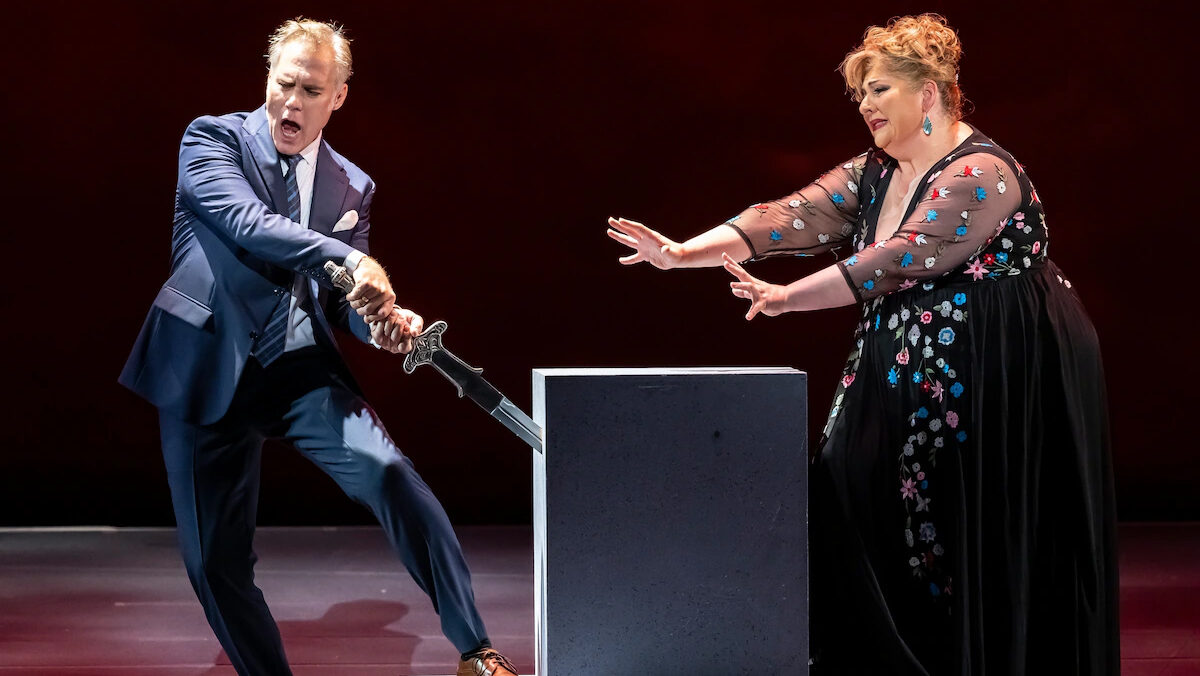
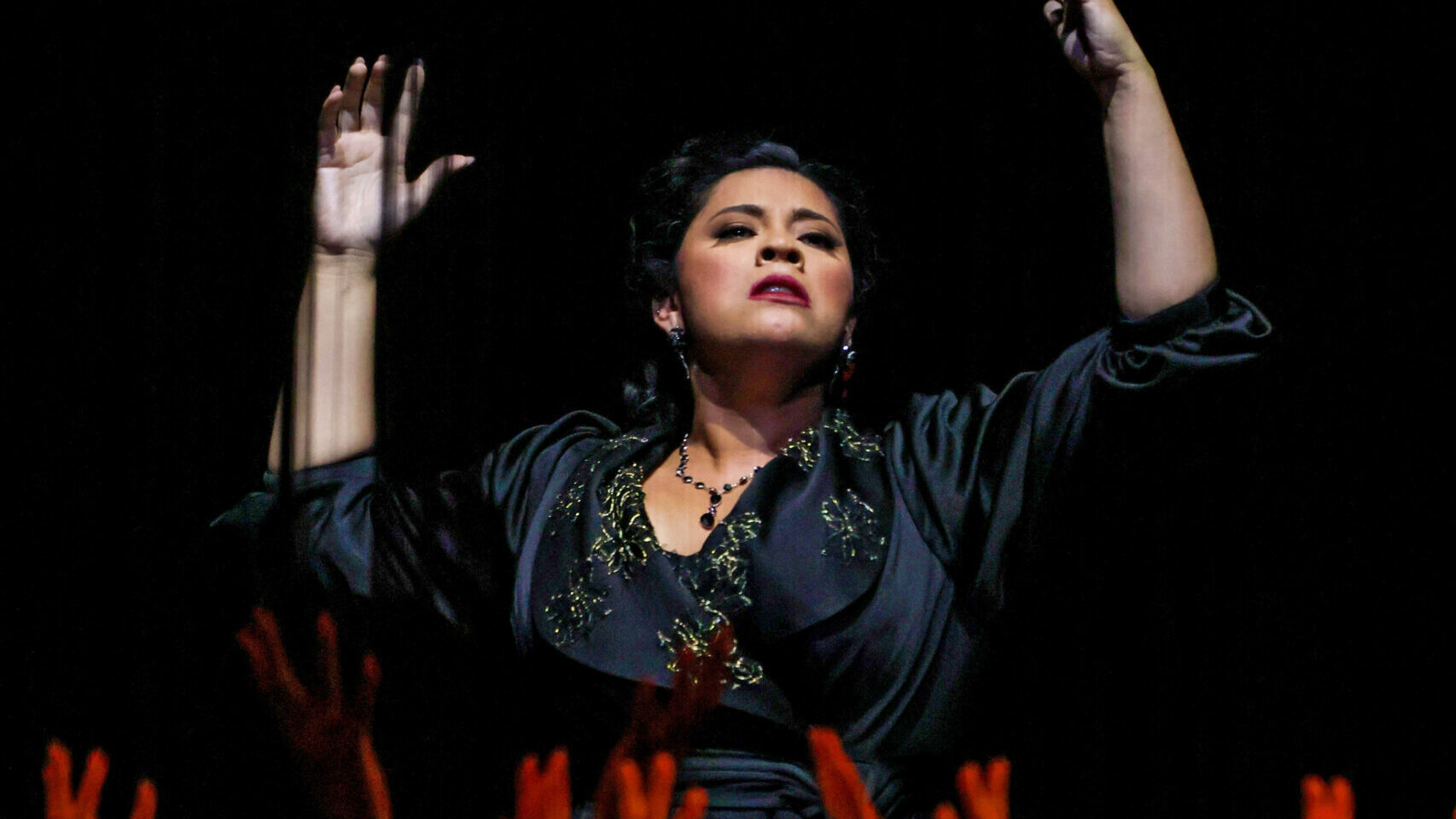
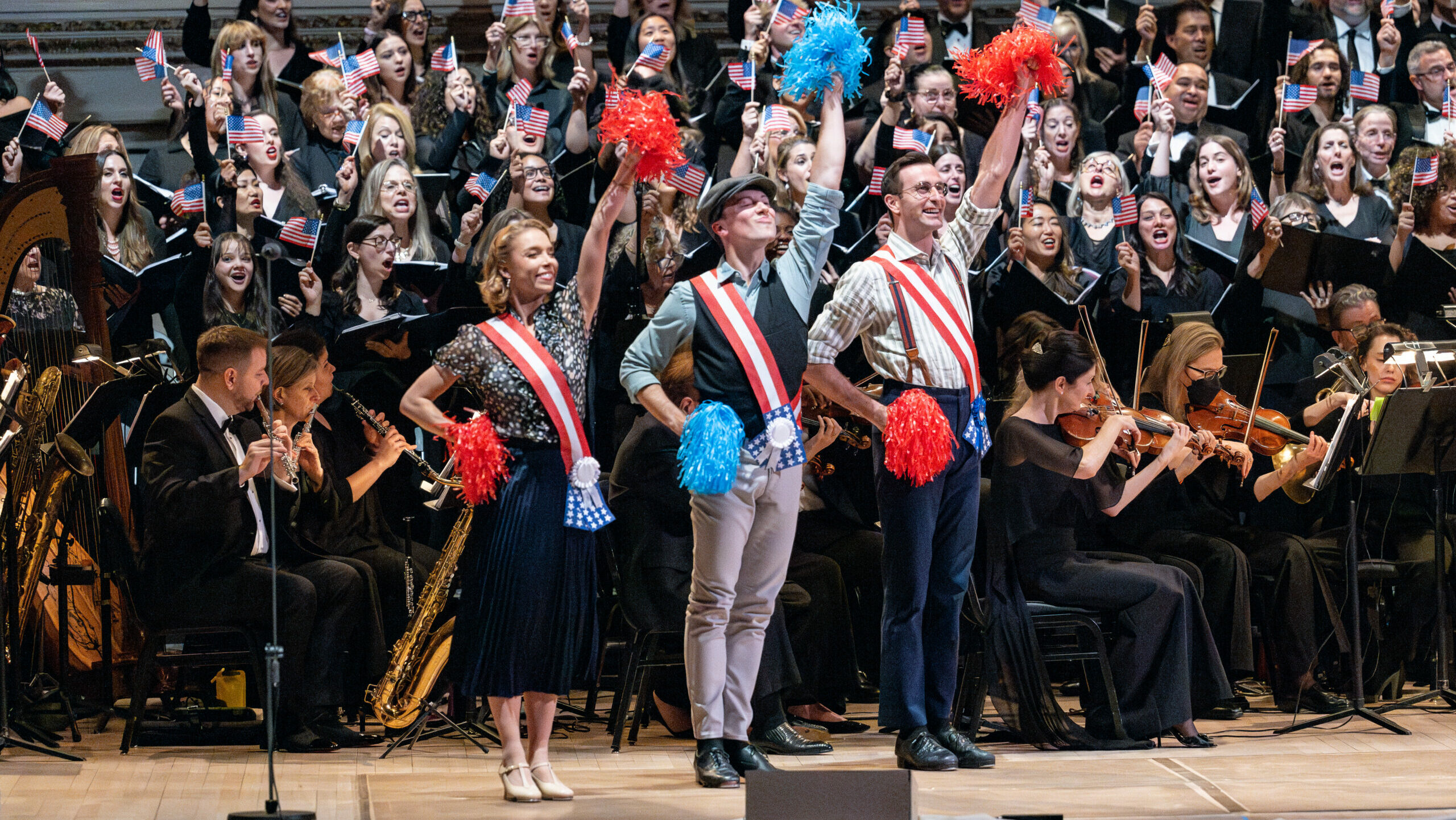
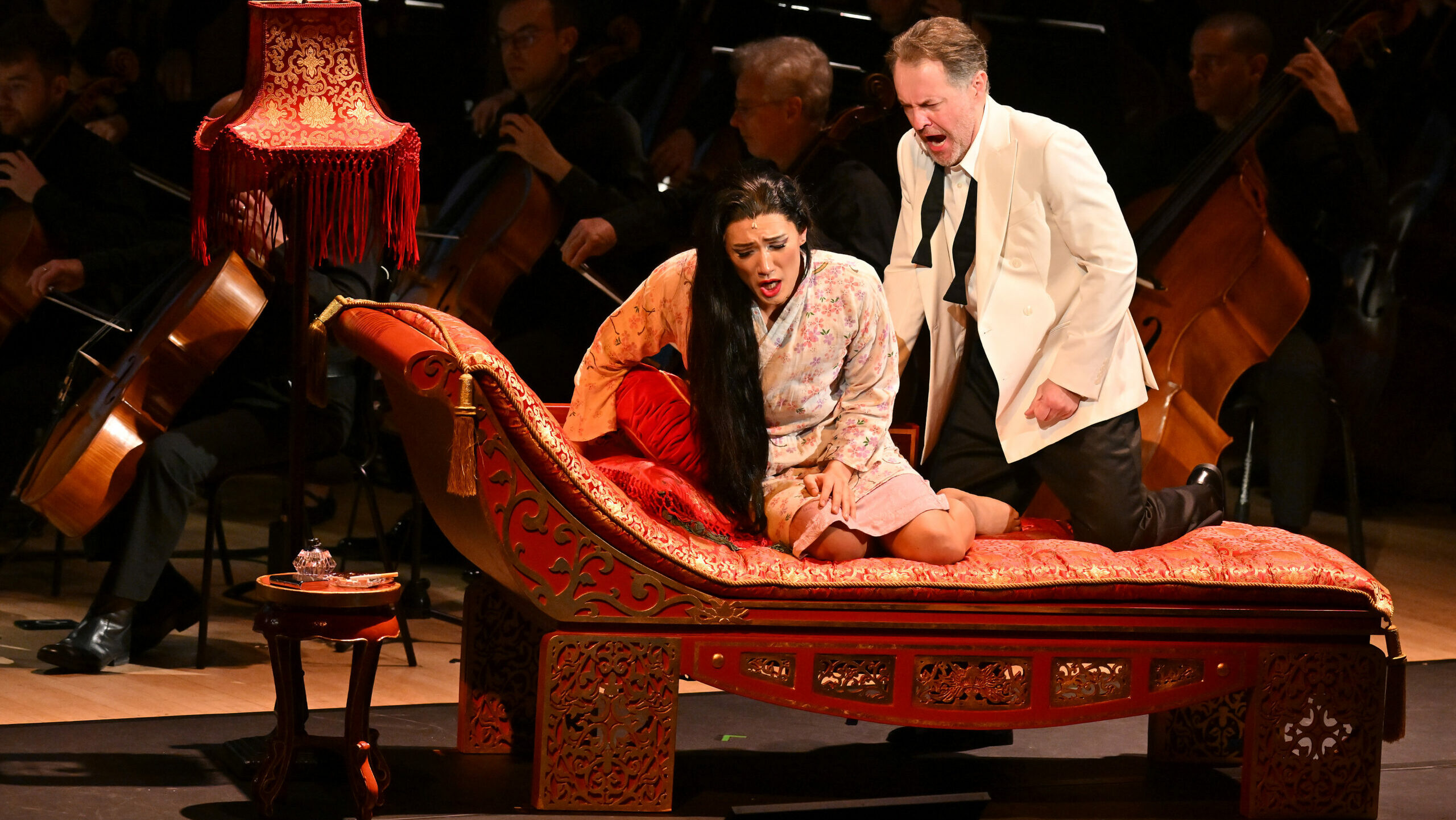
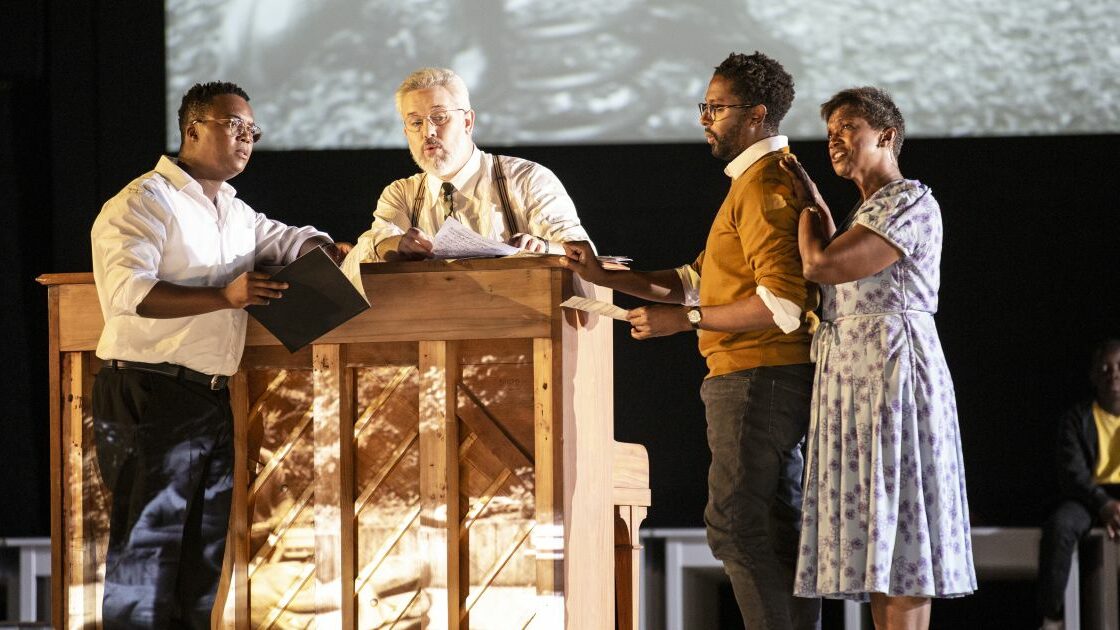
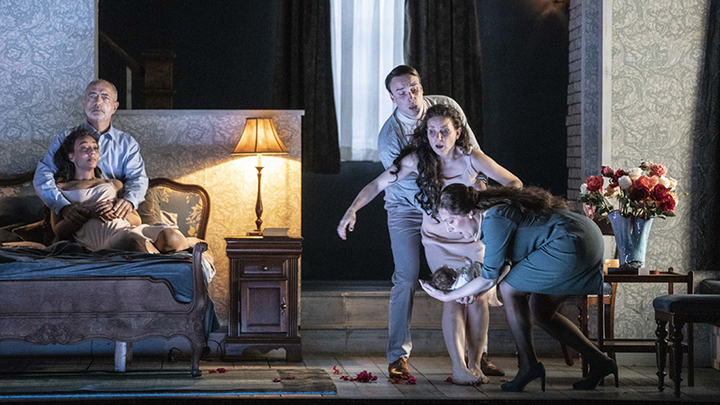
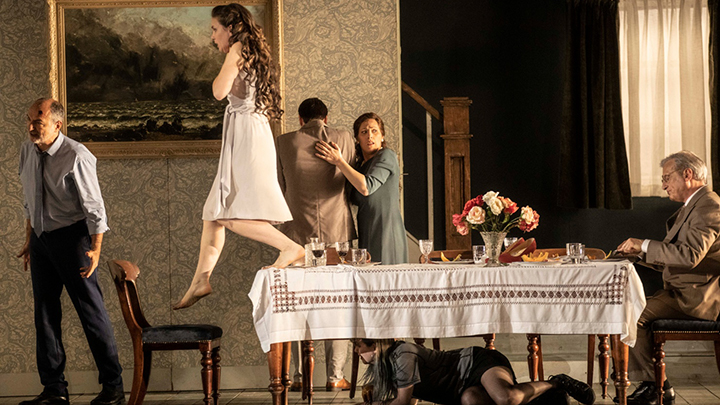
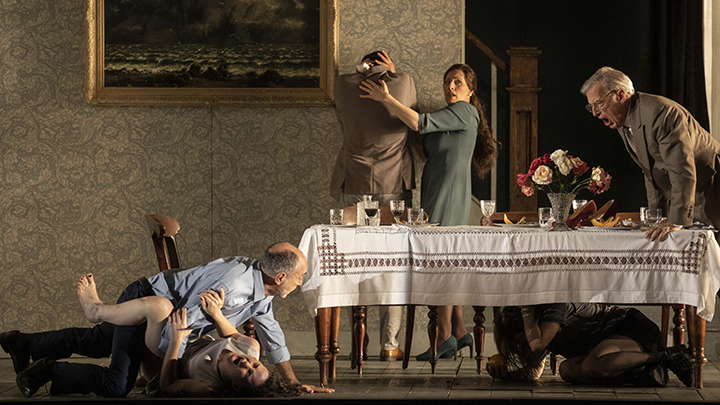
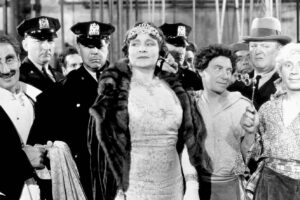
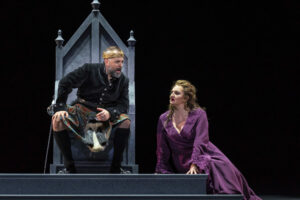
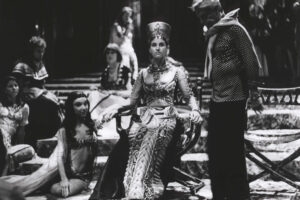
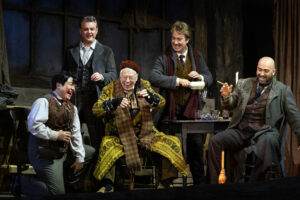

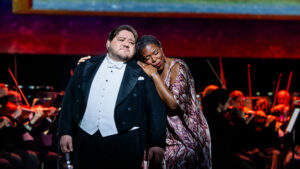




Comments